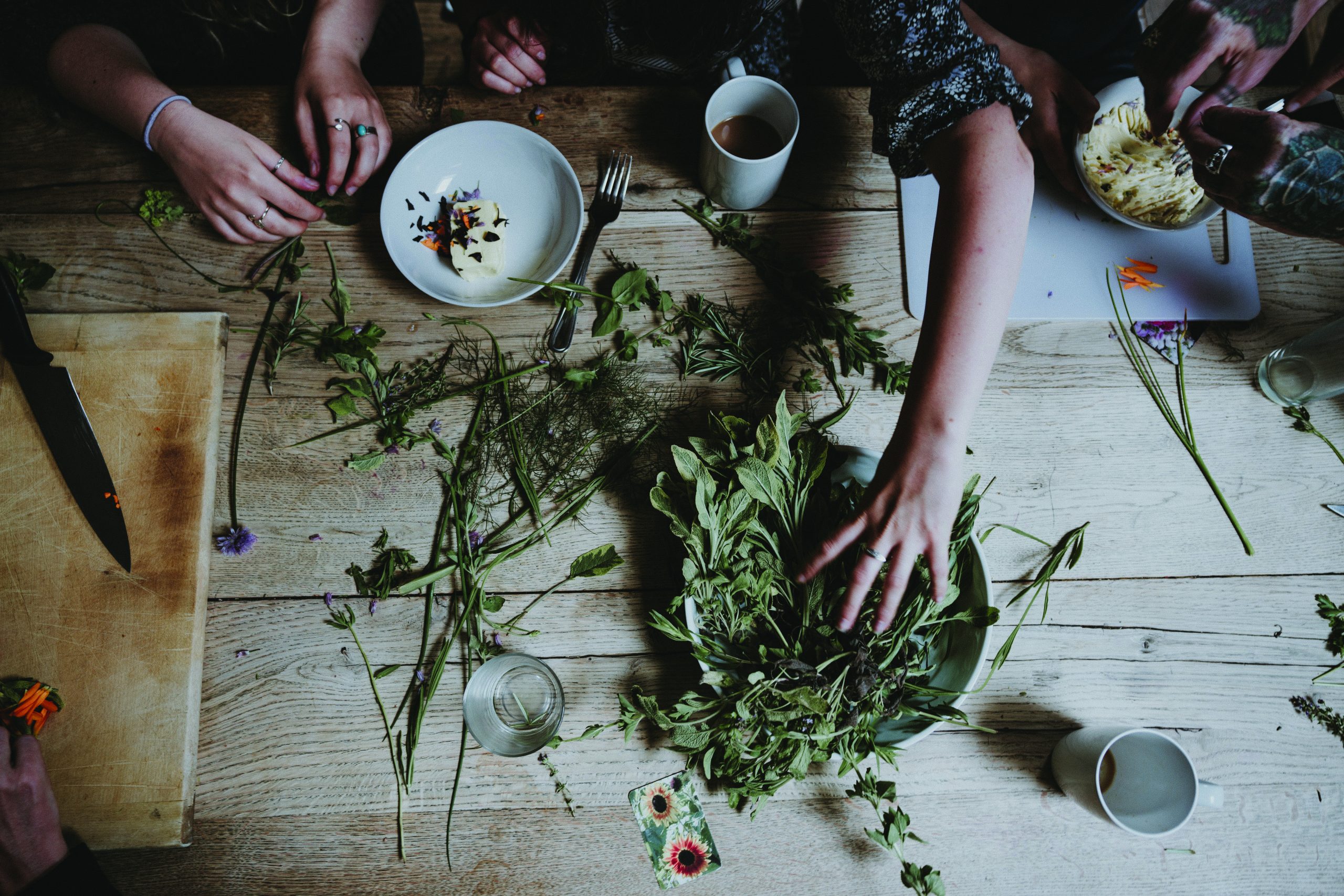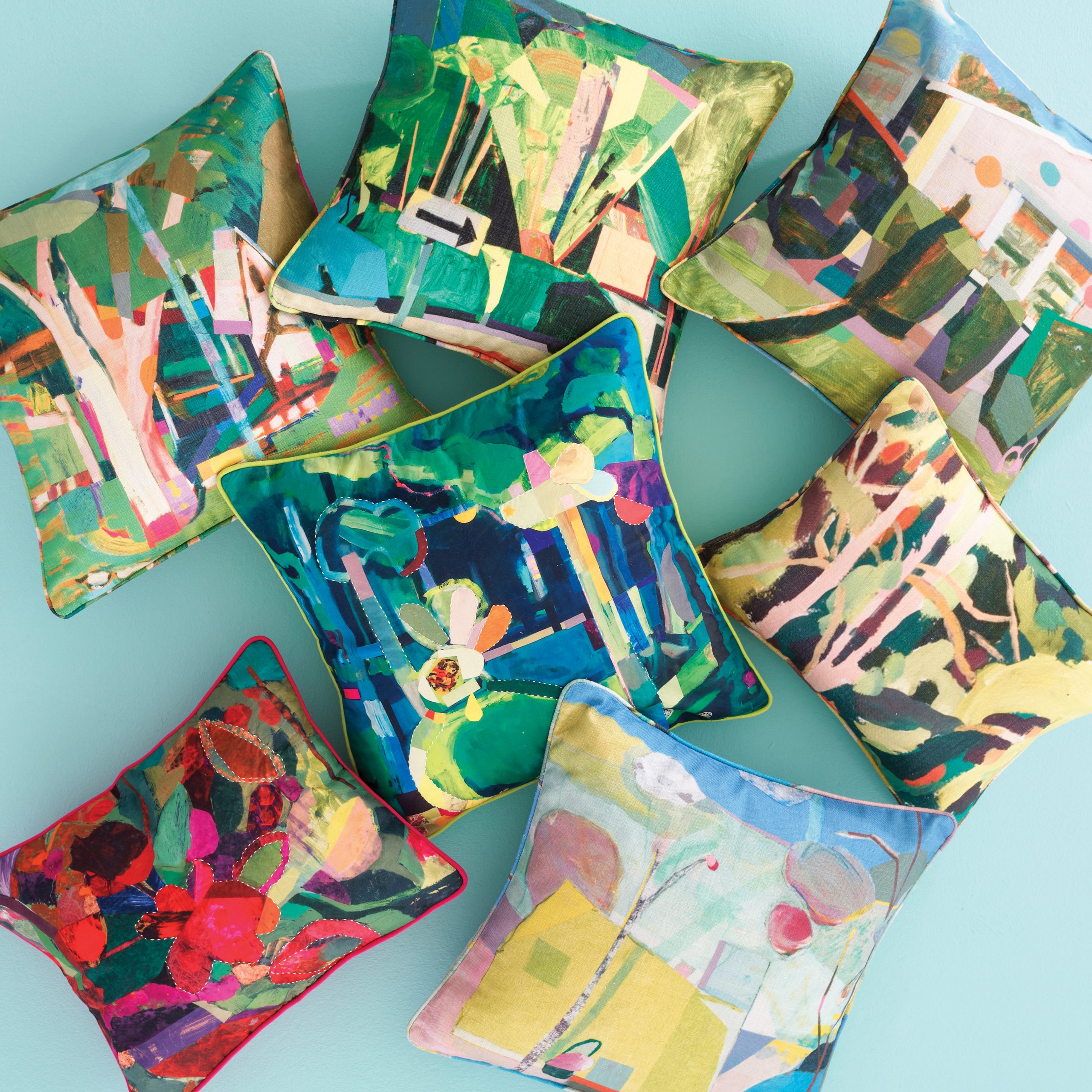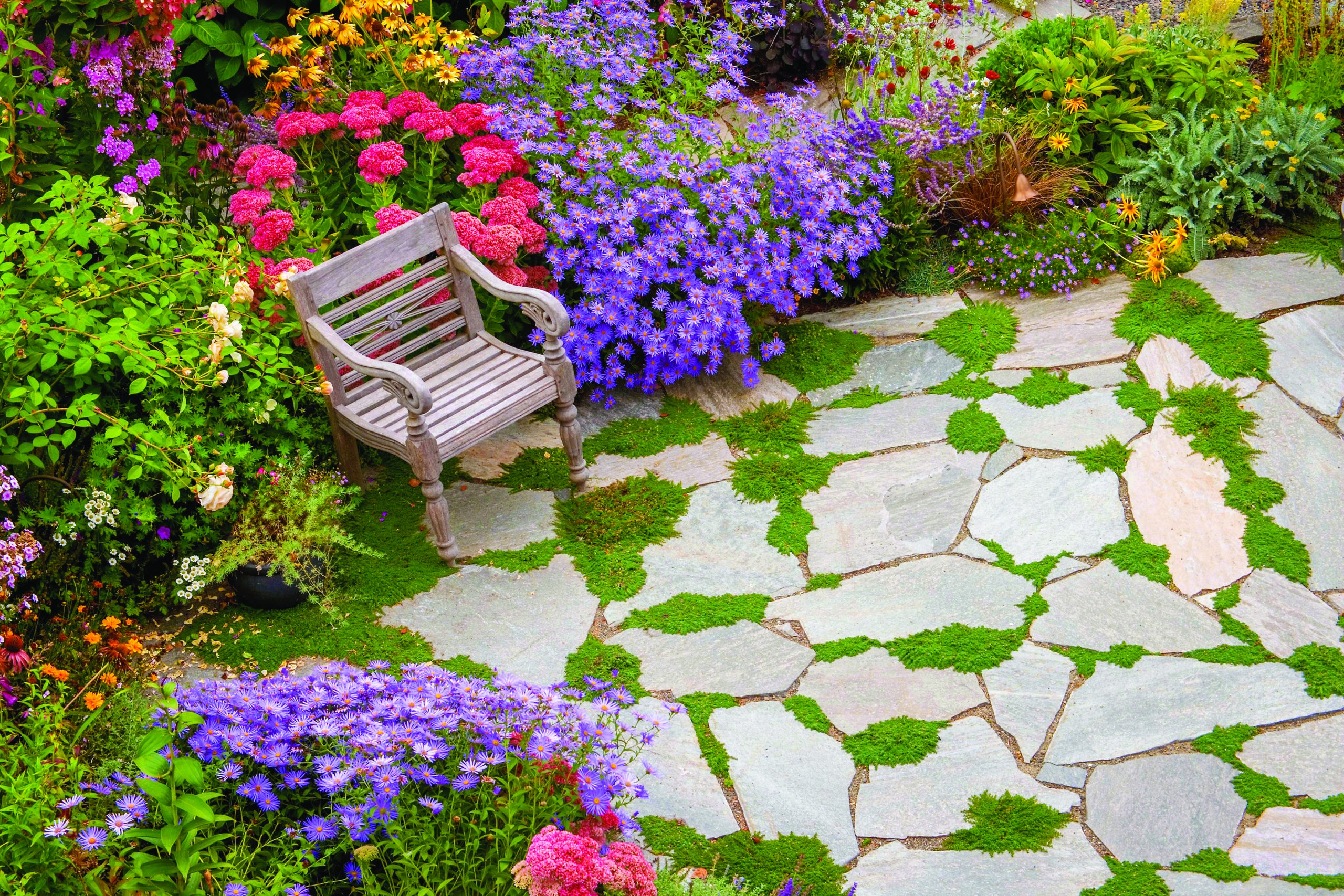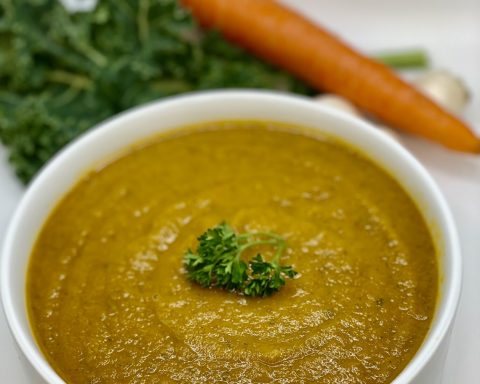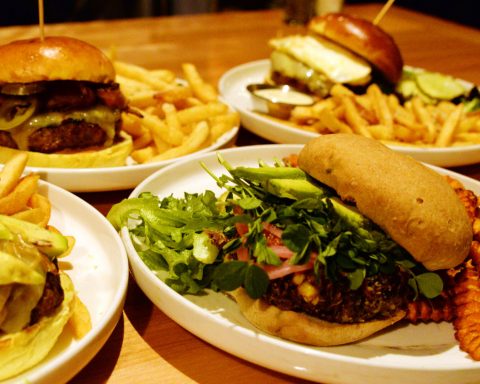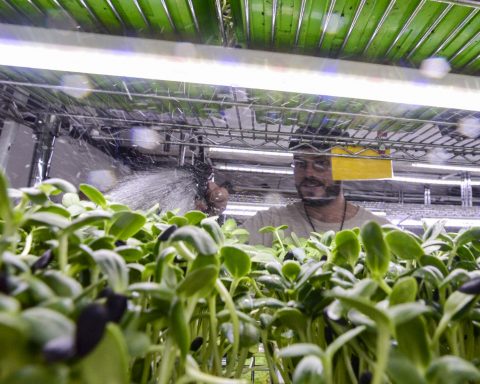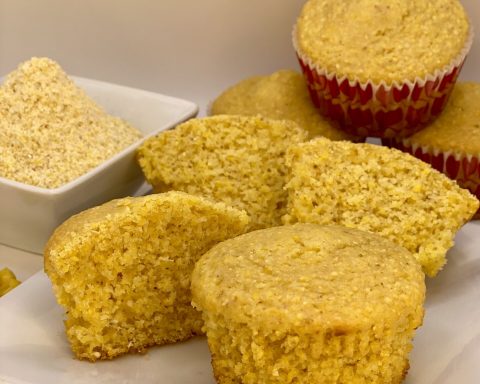Decorative, fragrant herbs are ‘plants with a purpose’ that are useful as condiments, medicine, tonics and insect deterrents. Every serious garden should have some

Original article published in UpCountry, May 27, 1977. This article has been edited for content and length.
By Gertrude B. Foster
FALLS VILLAGE, Conn.
Herbs make a garden useful. fragrant, formal, historic, drought-resistant, less troubled with insects and amusing. A little culinary herb garden to aid the cook and hostess is what comes to mind when one thinks of herbs as useful. It provides a continuous harvest of seasonings and material for bouquets, both culinary and decorative The contents of fresh herb-flavored dishes will be as intriguing to the palate as the hidden meaning of a Tussie Mussie, or tiny nosegay of sweet marjoram (joy of the mountain), rosemary (for remembrance), pink thyme blossoms (for valor) and purple-leaved basil (for love), all surrounded by a leafy frill of scented-geranium foliage conveying gaiety to the person to whom it is presented.
Emerald curly parsley was used to wreathe the brow of the victor in sports contests in Roman days as Laurus Nobilis or bay leaves crowned conquerors and poets. The flat-leaved Italian parsley adds vitamins and minerals to the diet. It is richer in vitamin C and A than any of the citrus fruits. Salad burnet gives a cucumber zest to salads without the presence of cucumbers There are many more examples of the way in which useful herbs become interesting when you know their history of service to man.
The way herbs make a garden can become a point of view. The gardener develops an awareness that in the perennial border, the rock garden, the kitchen vegetable patch are plants with a purpose. Many have been important to people in some part of the work, or in some previous time.
We grubbed out daylilies from places where we wanted to plant herbs near our 18th-century house. When a Chinese botanist at the Arnold Arboretum wrote two articles for The Herb Grower Magazine on the edible qualities and medicinal history of the same species in her homeland, we stopped fighting the march of Hemerocallis fulva where little else would grow. Daylilies can be added to salads and soups and the roots could be used as a home remedy.
One soon discovers after starting down the fragrant path of herb study that there are not only herbs for every garden, but herbs in every garden The question, “ls that an herb?” ceases to be all-important. In nearly 40 years of growing fragrant and useful plants, we have seen many plants previously classed as flowers become highly regarded for their medicinal or insecticidal properties.
The most useful aspect of seasoning herbs such as dill, fennel, oregano, lovage, parsley, savory, thyme, rosemary and sage is their help in controlling the food budget. As convenience foods have moved up from using 30 percent of the shopping dollar to 70 percent, a knowledge of herbs is more vital than ever.
Herbs make a garden fragrant and therein lies much of their power. Odors make an indelible impression upon memory. Gardening among sweet herbs is a joyous experience. As John Gerard said, in his letter in The Herball (1597): “Talke of perfect happiness or pleasure, and what place was so fit for that as the garden place where Adam was set to be the Herbalist . . .?”
The minute one’s interest ranges beyond the 50 or so culinary herbs that may be grown in northern gardens, the romance of the medicinal plants, which are fragrant, begins to seep into one’s consciousness. As William Coles, the author of “The Art of Simpling” (1657) wrote:
“What a pleasant thing it is for Man (whom the ignorant think to be alone) to have plants speaking Greek and Latin to him, putting him in mind of Stories, which otherwise he would never think of . . . with what rare colors and sweet odors do the Flourishing Fields and Gardens entertain the senses? The usefulness of it no judicious man can deny, unless he would also deny the virtues of herbs, which experience itself doth daily approve. How often do we see not only men’s bodies but even the minds of those that are distracted, to be cured by them?”
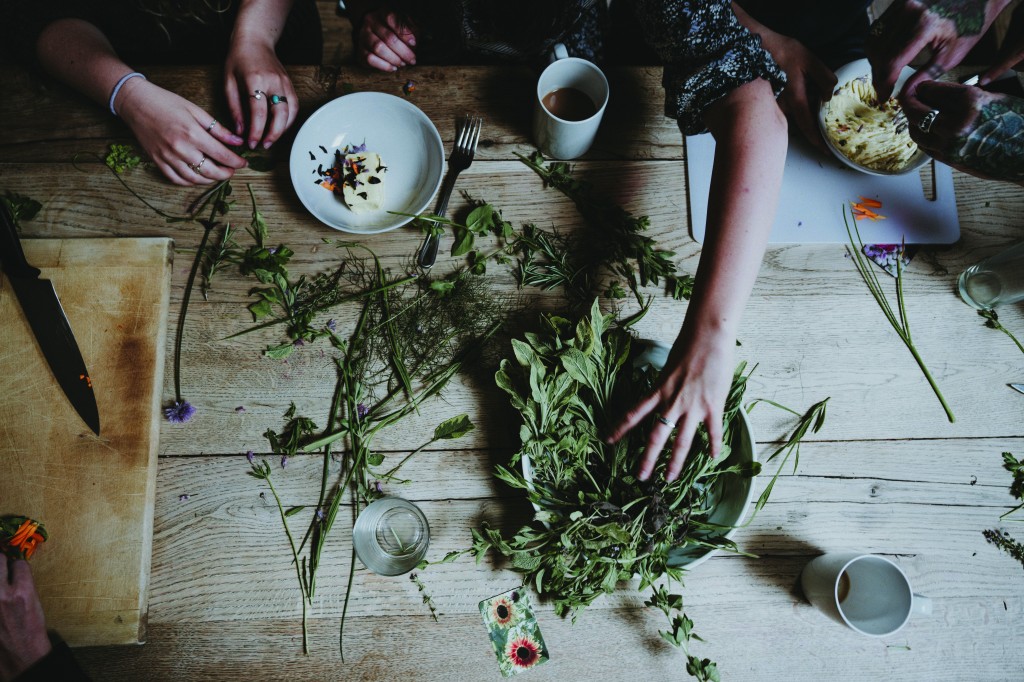
Some herbs do not pervade the air with sweet perfumes which can prove cloying if too strong. Southernwood, winter savory, rose geranium and even lemon verbena reveal their essential oils mainly when pressed by the touch of the hand. Basils do give off warm dove-like aromas when the sun is on them. Strangely that is the time to water them and sweet marjoram, rather than in the late afternoon as is specified usually for garden sprinkling. (Another bit of wisdom from 17th-century gardeners is to water sweet marjoram and sweet basil with moisture the same temperature as the air, rather than hosing them with chill well-water.)
The subtle breath of herbs can be more exciting than the perfume of peonies, or freesias, or hyacinths, which fade with the passing of the flowers. Rosemary’s piney scent can be summoned any time one runs a hand over the needle-like leaves. In fact, if you are stripping the leaves from the stems of rosemary, sage or thyme, to dry them quickly, the rich oils will leave both fragrance and color on one’s hands. Clary sage blossoms have a special odor that has some uncomplimentary names. In Italy it is called a term that means “smells like sweat” but the oil from them is used in the perfume industry to tone down the raw quality of artificial flower perfumes. Hummingbirds arc greatly attracted to the long dowering spikes of blue and white clary sage. Goldfinches wait until the seeds are ripening on the biennial plant to nip in and snip out the four nutlets of seeds in each flower.
Certain plants attract animals by their odors. Catnip is a case in point but the oil of the herb will turn away ants and beetles. Garlic oil contains substances that kill germs and mosquito larvae. Beekeepers ‘line” wild bees with a bait containing oil of anise. Mint planted around a building, it is said in the South, will keep snakes from crawling under it. It is difficult to separate the usefulness of herbs from their fragrance.
A garden of herbs may be as small as a window box planted with sweet marjoram, parsley, dwarf sage, French thyme, seedling dill and prostrate rosemary. This could be placed on a patio or roof-top.
Container-grown plants need feeding through the summer. If herbs like chives are to be cut frequently they should be trimmed from around the sides of the clump, not sheared off all at once. Soluble plant food one-quarter strength of that given on the package will provide the lean diet that keeps herbs more aromatic and flavorful.
Herbs make a formal garden if they are used to work out intricate patterns of a “knot garden” where evergreen germander, Santolina and box may be woven into ribbons and bows. •
